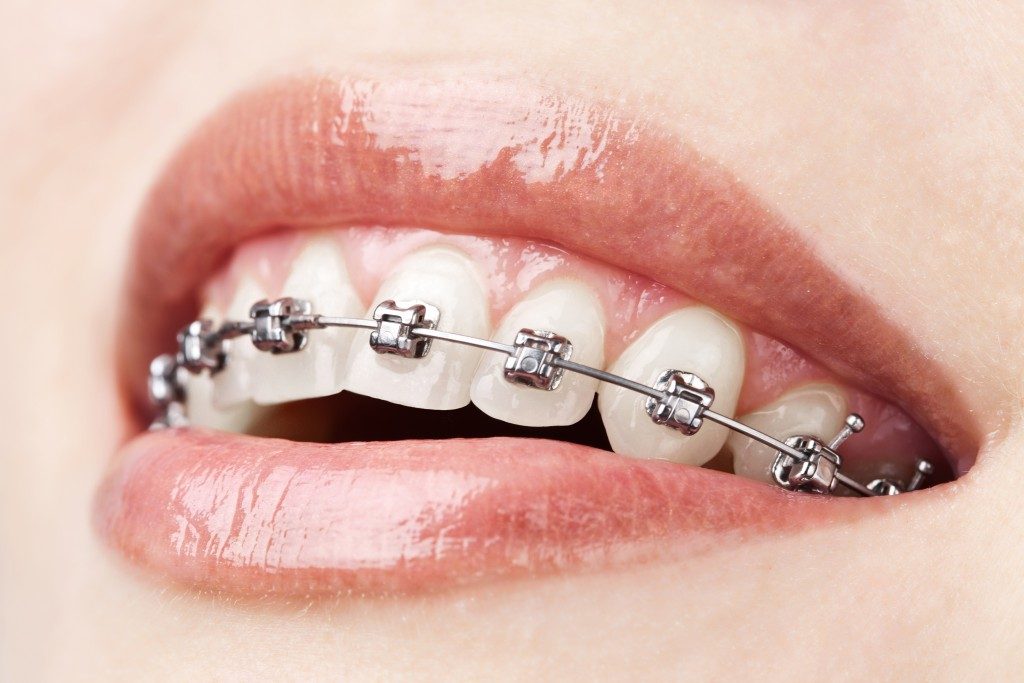The American Association of Orthodontists (AAO) estimates that there are more than four million Americans (2015) wearing braces. Parents will spend anywhere between $3,000 to $7,000 to ensure that their kids grow up with a pleasant smile and properly aligned teeth. Some 80% of those wearing braces are between the ages of six to 18. Parents will be concerned with the additional cost, but a child might be terrified with the notion of having metal wires placed inside their mouths. As parents, how do you prepare yourself and your child for braces?
Why Braces?
It’s not just about achieving a great smile. It’s about preventing serious oral health problems. The medical condition being treated by braces is called malocclusion. The other terms used are crowded teeth, crossbite, overbite, underbite, or open bite. In an ideal situation, none of these types of “bites” should happen to your teeth. Your teeth should fit in your mouth without any crowding issues, and there should be no teeth rotations either.
Malocclusion can cause you to bite your cheeks or lips, which can lead to bleeding and possibly infection. And what if you bit your tongue? So there’s more to putting on braces than to have a pretty smile. If you have kids, you can ask a Herriman pediatric dentist to check your child’s teeth.

Preparing Your Child for Braces
“Why do I have to wear braces, mommy?” So the first thing that you need to be prepared for is to answer a barrage of “why” questions from your six-year-old. You can tell them that malocclusion is something that is inherited.
- Open discussions. Sit down with your child and have an open discussion about what the treatment is all about and why they need to see an orthodontist. You can research together about understanding the problems with an overbite or an underbite. Emphasize the positive effects of having braces and what it might be preventing, like the mouth injuries mentioned previously. Encourage them to ask the orthodontist with questions. The doctor can then explain the different options available.
- Managing expectations. “Is it painful, Mommy? Will it affect my eating, Mommy?” You can tell them that there will be discomfort but assure them that it will only last for a couple of days. Prepare them for the time that they are going to spend on a dentist’s chair, which would be longer than the usual teeth cleaning session. Let them know that orthodontists are experts in their field and that they regularly put metal braces to hundreds of patients all the time.
- New diet. You have to consider shifting your child’s meals to a softer one to help him/her adjust better to the discomfort of wearing braces. Food like pasta, mashed potato, yogurt, and soups should help your child adjust. Chilled foods also help in easing soreness in the mouth.
- Orthodontic wax. Make sure you have sufficient stock of orthodontic wax or braces wax. The brace can cause irritation and soreness inside the mouth. Applying the wax on the bracket will prevent the rubbing that causes the pain.
Always be there for your child whenever they have questions or if they’re becoming too irritated with their braces. Help ease their discomfort by explaining the long-term benefits of having braces. After all, it’s not something that they will wear forever.